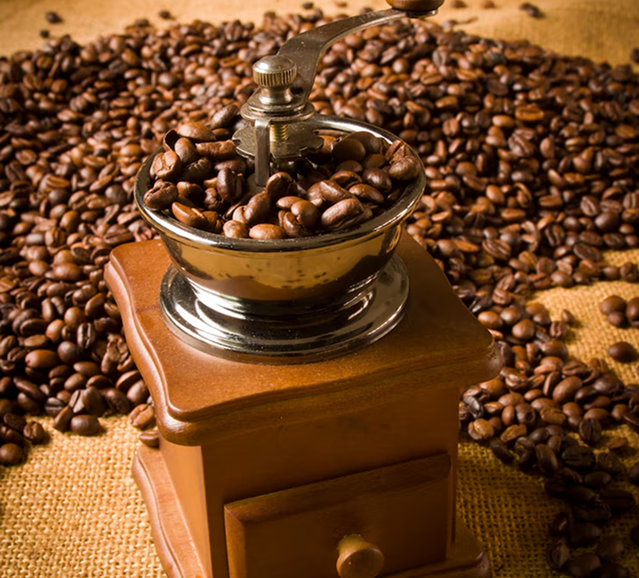
The holiday season is officially here—and there’s no better way to embrace the magic of Christmas than with a warm mug of specialty coffee. Whether you’re hosting festive gatherings, enjoying slow mornings by the tree, or searching for the perfect gift for the coffee lover in your life, Christmas coffee traditions bring a special kind […]

When exploring the world of specialty coffee, two terms you’ll often see are single-origin coffee and signature blends. While both are delicious, they offer very different experiences in the cup. At Lavanta Coffee, we’re proud to roast both options for our customers—whether you’re enjoying coffee at home, managing a café, or sourcing wholesale coffee for […]

☕ Roasting Profiles: How Light, Medium & Dark Roasts Shape Your Cup When it comes to coffee, roast level isn’t just a preference — it’s a flavor roadmap. Whether you’re sipping a citrusy light roast or a bold, smoky dark roast, the way coffee is roasted dramatically affects its aroma, body, and taste. At Lavanta […]

If you’ve looked at the weather lately, you’ve probably noticed the heat wave! In New Jersey, we have been sweltering with temperatures nearing one hundred degrees, and in places of the earth closer to the equator, temperatures have soared even higher. If you know a little about coffee, you know that it grows best in […]

How much do you enjoy that morning cup of coffee? Research shows you should continue drinking the world’s most popular beverage plus add a few more cups throughout the day! Not only does coffee have high levels of antioxidants and nutrients, vitamins like B12, B5 and B3, it is also quite healthy for the aging […]
















